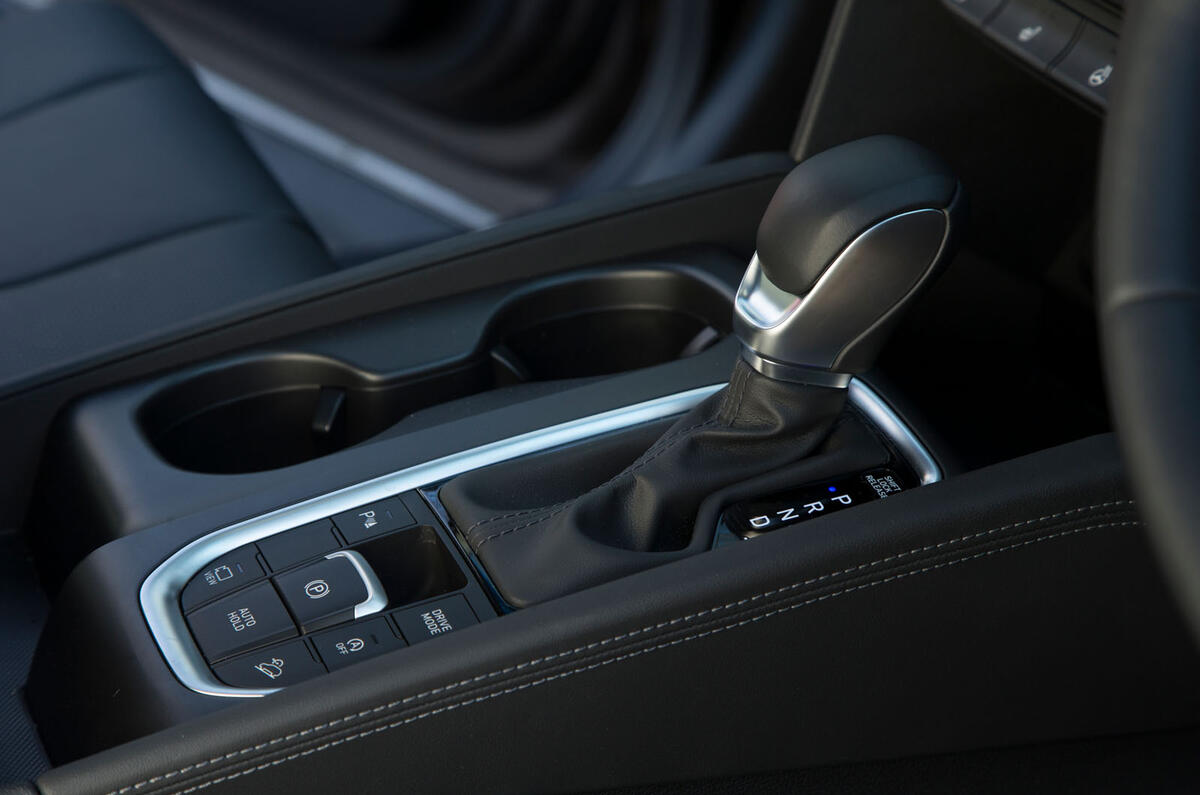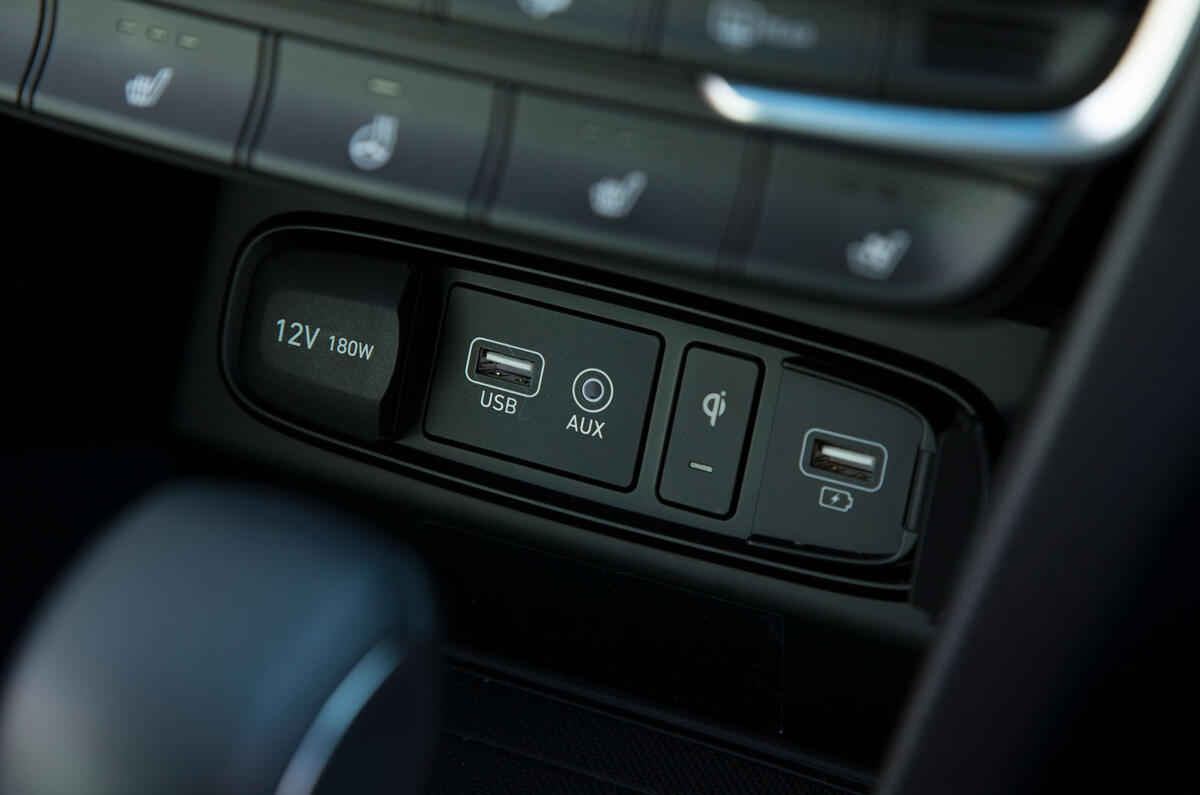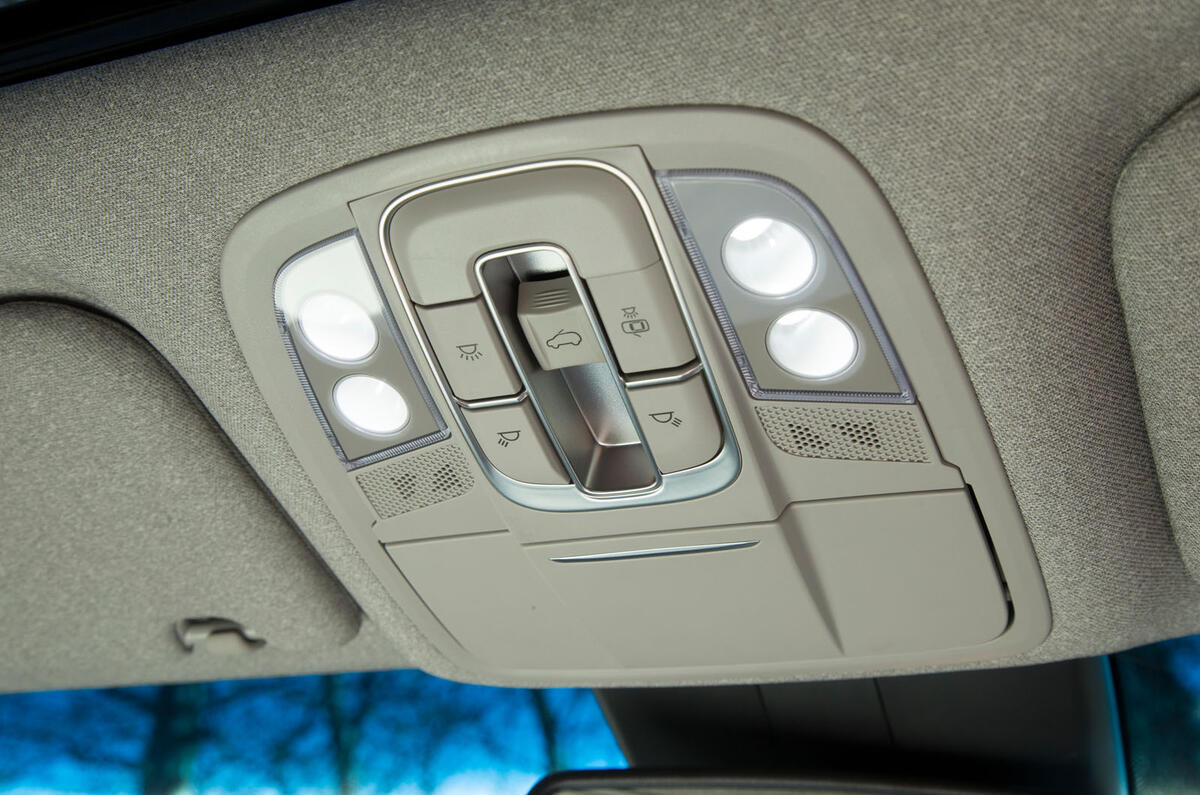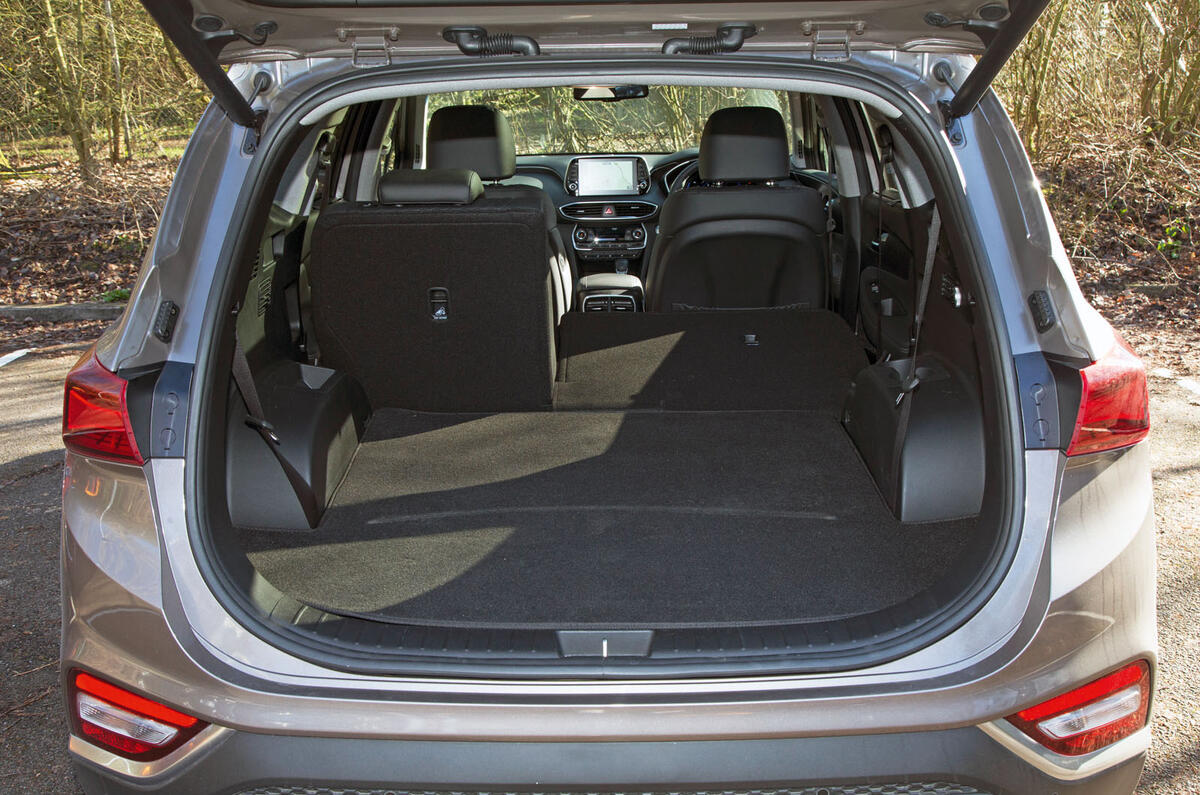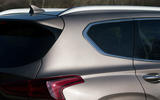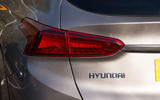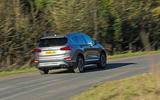The Hyundai Santa Fe might seem to European eyes like something of a bit-part player in the SUV market, but the Hyundai has a celebrated status within the car maker’s own internal company circles.
This car’s introduction was a watershed moment in the development of Hyundai’s fortunes in the all-important North American car market. When the first-generation version was introduced in 2000, the Korean firm sold just shy of a quarter of a million cars in the US; but, by the time it was replaced, Hyundai’s US sales footprint had almost doubled. Buyers on the other side of the pond instantly warmed to the value, practicality, comfort and convenience of this car in a way that made its reception elsewhere in the world of much less import.
So how do you update and change the Santa Fe in order to cash in on the global appetite for cars of its ilk without putting such established success at risk? It’s a question that must have been pondered more during the design and engineering process of this fourth-generation version than on either occasion when the Santa Fe has been replaced before. There are so many enlarged, seven-seat-adapted compact European SUVs encroaching on its patch, as well as a burgeoning set of premium-branded compact and mid-sized SUVs – therefore many more ways to spend a Santa Fe-sized budget on a family 4x4 than there was even five years ago.

















